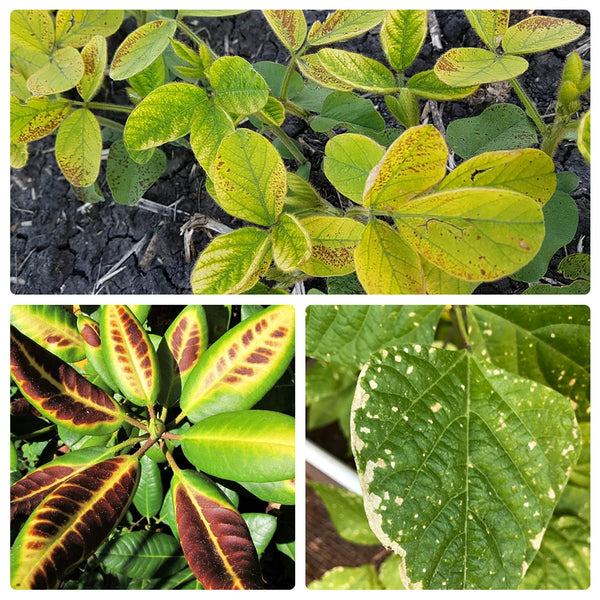How Far Should LED Grow Lights Be from Plants?
The Distance Between LED Lights And Plants In Each Growth Stage
It is important to understand that there is no universal rule for how far to place LED lights from plants in each phase of growth. Different manufacturers construct their LED lights in different ways. There are multiple details to take into consideration, such as the power and angle of individual LEDs within a fixture and the use of lenses to reflect light downwards. The best way to get that perfect distance between the light and your canopy is to consult with the manufacturer.
The second thing to keep in mind is that the correct LED light placement changes for each stage of growth. If your LED is dimmable, you can use dimming to adjust the intensity of the light on the plant surface. If your LED is not dimmable, your only option is to change the hanging height. These examples aren’t hard-and-fast rules, so don’t follow them without the blessing of your light’s manufacturer. But just to give you a ballpark sense of what LED light placement generally looks like throughout the growth cycle:
LED Light Placement For Seedling Stage
Seedlings need the least intensity and most distance between the canopy and the lights. You may have the instinct to blast these little guys with a high-intensity light to promote fast growth. The truth is, they’re young, vulnerable, and likelier to thrive with a gentler approach.
Vegetative Stage
In the vegetative stage, you want to get your LED lights closer to your plants. In general, plants in veg only need about half the light that they need in bloom. It follows that you could have up to twice the hanging height that you use in bloom.
Flowering Stage
It’s in the flowering stage that you really need the highest intensity. It is important to build in a “hardening off” phase as you move from veg to bloom. Slowly increase the intensity or lower the hanging height until you reach the manufacturer's recommended height in bloom.
Again, these are general guidelines. Discuss the ideal distances with your manufacturer and keep an eye on your plants for signs that you’re overloading them. If your plants are getting too much light intensity, they’ll let you know.
Here’s How to Recognize Light Burn On Your Plants?
Because LED lights give off so little heat, you don’t run much risk of causing heat damage by placing your fixture too close to the canopy. What you do risk is light burn. Unfortunately, the light burn is easily mistaken for nitrogen deficiency, and many growers wind up misdiagnosing they grow and addressing the wrong problem.
If your plants have light damage, you’ll see symptoms such as:
- Leaves point upwards.
- Bleaching, which takes the form of white or yellow discoloration, typically on the leaves closest to the light.
- Veins remain green even as the rest of the leaves turn yellow.
- A nitrogen deficiency has similar characteristics, but there are a few notable differences.
A plant with a nitrogen deficiency also develops yellow patches, but the damage starts from the bottom of the plant and works its way up, while light burn begins at the top, closest to the lights.
In the case of a nitrogen deficiency, leaves wilt. In the case of a light burn, leaves turn upward and sometimes even become brittle.
The leaves of a nitrogen deficient plant fall off on their own. This does not happen to plants suffering from a light burn.
If it sounds like your plant has a light burn, it’s time to reevaluate the placement of your LED lights.



Comments
Post a Comment